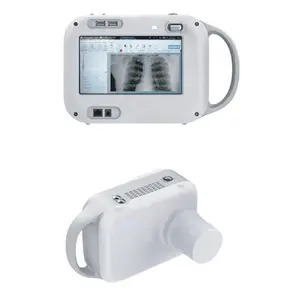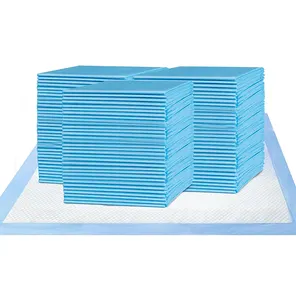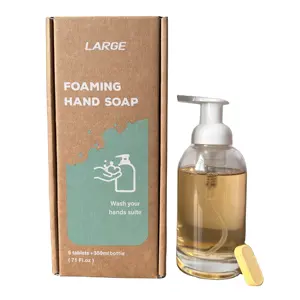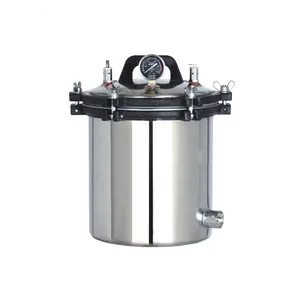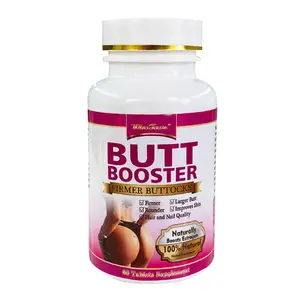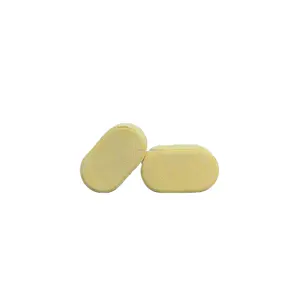Popular in your industry













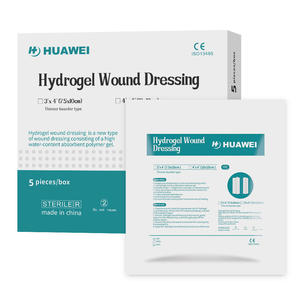























































Related Searches:
























































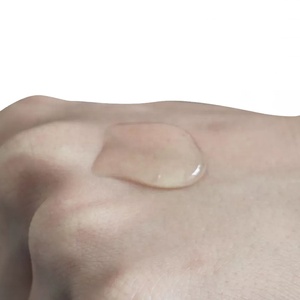
























































































Top categories
About hydrogel dressing
Understanding Hydrogel Dressing
Hydrogel dressings are a unique category of wound care products designed to maintain a moist environment conducive to healing. Composed primarily of water-based gels, these dressings are suitable for a variety of wounds, including burns, pressure ulcers, and other superficial lesions. The hydrogel for wound dressing is known for its cooling and soothing properties, which can significantly reduce pain and discomfort for patients.
Types and Applications
The versatility of hydrogel dressings is reflected in their classification, which includes amorphous hydrogel, hydrogel sheets, and hydrogel bandage forms. Amorphous hydrogel, a free-flowing gel, is ideal for deep or uneven wounds, while hydrogel sheets and bandages are used for more superficial wounds. These dressings are particularly beneficial for their debriding action, which helps in the removal of necrotic tissue. Moreover, hydrogel wound dressing is an excellent choice for partial-thickness burns and radiation-damaged skin, providing a protective barrier against infection.
Features and Materials
Hydrogel dressings are distinguished by their high water content, which promotes a moist healing environment. Materials commonly used in hydrogel dressings include polymers like polyethylene oxide and agar, which are responsible for their gel-like consistency. Some dressings are infused with additional substances, such as wound gel with silver, to enhance antimicrobial properties. The breathability and flexibility of these dressings make them a comfortable option for patients, ensuring minimal disruption to the wound site during healing.
Advantages of Hydrogel Dressing
The therapeutic benefits of using hydrogel for wounds are numerous. These dressings help to rehydrate dry wounds, absorb excess wound exudate, and reduce pain and discomfort. The cooling effect of hydrogel is particularly advantageous for burns, which is why products like burnshield hydrogel are commonly used in burn care. Additionally, hydrogel dressings do not adhere to the wound bed, minimizing the risk of tissue damage during dressing changes.
Selection Considerations
When selecting a hydrogel dressing, it is important to consider the wound type and condition. For instance, skintegrity hydrogel may be preferred for wounds requiring a gentle, non-irritating formula, while flaminal hydro gel could be chosen for its enzymatic properties that aid in wound cleaning. It is also crucial to select the appropriate size and form of the dressing to ensure adequate coverage and efficacy.
Conclusion
In conclusion, hydrogel dressings offer a specialized approach to wound management. Their ability to maintain a moist healing environment, coupled with pain-relieving and debriding features, makes them a valuable tool in wound care. As the medical community continues to recognize the importance of proper wound management, the use of hydrogel dressings is likely to expand, further solidifying their role in effective wound care protocols.
